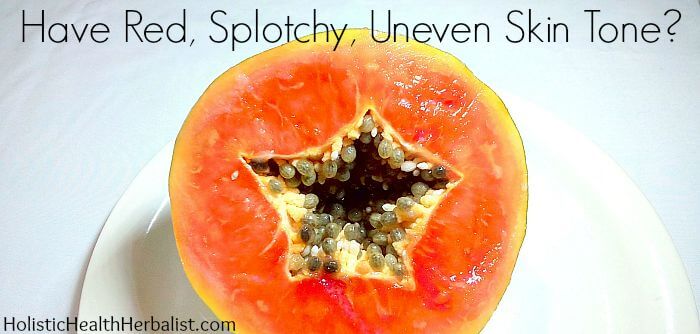
One of the most common questions I get asked is “How can I reduce redness”, “How do I lighten the red marks left behind from acne?”, and “My skin is so sensitive, what can I use that’s gentle enough and won’t turn my skin red?”
It goes without saying that most acne sufferers have these issues - red, splotchy, sensitive skin that occurs either from the inflammation caused by acne, the red marks left after it has healed, or a reaction from using acne remedies.
What Causes Red Skin?
In order to reduce redness, we must first be aware of what factors cause it.
Most often red skin is a result of using OTC products or homemade remedies that are too harsh for your skin. These can include ingredients like citrus juices, scrubs, certain essential oils, alcohol based spot treatments, and of course conventional acne protocols.
Redness is also a result of slathering on too many remedies whether that be at once or throughout the day. One of the keys for reducing redness is we must always remember that simple is best. This also means leaving your skin alone even when you are tempted to pick at it. Reach for just one or two remedies like rose water (learn how to make your own here) and a simple acne serum.
The last major cause of redness is inflammation, because well, redness IS inflammation. It goes back to what I stated above. Using harsh ingredients, too many remedies at once, or messing with your skin is going to cause inflammation and redness as a result. What you put into your body also plays an important role in the appearance of your skin. If you’re eating a lot of inflammatory foods like breads, pasta, a lot of meats, and sugary foods then you are making your body more acidic. The more acidic you are the more inflammation you have and as a result, more redness.
To combat redness from an internal standpoint be sure to eat lots of fresh fruits and vegetables on a daily basis. Reduce your caffeine intake, get good sleep, and stress less! All of these sound so cliché but there’s a reason they are recommended so often. They work!
Here are a few links to get you started:
Could Herbs be Your Answer for Stress Relief?
Natural Sleep Aids- The Herbalist’s Way
Does Caffeine Cause Acne?
Get Clear Skin With These 10 Foods
Are Papaya Enzymes the Answer to Banishing Red, Splotchy, Uneven Skin Tone?
Alright, so onto the good stuff!
Are papayas the answer to your redness woes, clogged pores, and splotchy skin tone? YES! And here’s why:
Papayas contain an amazing enzyme known as Papain. When applied to the skin this enzyme goes to work on excess oil, dead skin cells, scar tissue, and even redness. Essentially, the papain acts as a super effective yet incredibly gentle exfoliator for the skin. It reduces the appearance of acne and even prevents future breakouts because it dissolves the proteins that clog pores.
Applying papaya to freshly cleansed skin a few times per week can dramatically smooth out the skin’s texture making it soft and supple. Papain also reduces the infection inside pimples and reduces the inflammation surrounding acne making it less noticeable. On top of that, you won’t experience any of the drying redness inducing side effects of salicylic acid, benzoyl peroxide, or OTC acne medications. Let’s not forget how cheap papayas are in comparison.
Another great benefit of using papayas on your skin is it lightens and brightens your complexion. It even works on stubborn hyperpigmentation left behind by acne so you can soon say goodbye to red spots, brown spots, and other marks left behind from breakouts.
Great! How do you use papaya?
How to Use Papaya for Acne and Red Skin
There’s two ways to use papaya, fresh or powdered. Both give great results so don’t worry if you don’t have fresh papayas where you live. You can also crush up papaya enzyme tablets.
Fresh Papaya Method
All you need to do for this method is to go to your local grocery/health food store and pick up a ripe papaya. It should be smooth without bruising or too many brown spots and should give slightly when pressed. I usually get the large yellow papayas but I imagine you could use other varieties with the same results.
Here’s what you can do with fresh papaya:
• Add a spoonful of fresh papaya to a bowl, mortar and pestle, or a magic bullet and blend until smooth. Apply the mashed fruit evenly on your face and leave it on until it dries. Gently rinse with cool water or wipe off with a soft cloth or magic mitt. Repeat 2-3 times per week.
• Scoop out all the flesh, blend it up, and pour it into ice cube trays. Keep the frozen cubes handy when papayas aren’t in season or simply use the frozen papaya cubes as a wonderful skin treatment on a hot day.
• Eat the papaya and rub the peel on your skin for an easy mess free face mask. Repeat 2-3 times per week.
• Mash fresh papaya with Manuka or raw local honey and apply it as a mask a few times per week. The honey kills acne causing bacteria and smooths skin.
• Mash fresh papaya with banana to create a moisturizing face mask. The papaya removes dead skin cells and unclogs pores while the banana moisturizes.
You can learn more in the video below:
Powdered Papaya Method
For those of us who don’t enjoy eating fresh papaya or just don’t have fresh papayas available there is the powdered option. I prefer this method because it’s super easy and there is no need to deal with freezing or preparing the pulp (less dishes are always a good thing!). All you have to do with powdered papaya fruit is add a few drops of water until you have a spreadable paste.
Here are a few more ideas:
• Add one part papaya powder to one part plain yogurt and apply it as a mask for 15-20 minutes. Repeat 2-3 times per week.
• Mix equals parts papaya powder and aloe vera gel and apply it evenly to the skin. Let it sit for 15 minutes and rinse with cool water. Both ingredients increase cell turnover and help unclog pores faster. This is also a great remedy for old sunburns.
• Mix ¼ teaspoon papaya powder with ½ teaspoon of Rhassoul clay. Add enough water to make a spreadable mask and apply it to the skin. Allow the mask to dry completely before rinsing with cool water. Repeat 2 times a week to reduce the size of pores and remove blackheads.
• The easiest way to use powdered papaya is to simple mix it with enough water to create a mask. Allow to sit for 15-20 minutes then rinse with cool water. Repeat 2-3 times per week. This is my preferred method.
• For those who don’t mind a more rigorous treatment, try adding a few drops of raw apple cider vinegar to fresh or powdered papaya and apply it to especially clogged areas. The extra acidity will help the papain get deep into pores giving your skin the chance to rejuvenate itself more quickly.
How Long Does it Take for Papaya to Work and What to Expect
After a few weeks of committed use, you can expect to see a vast improvement in the texture and redness of your skin because papaya enzymes literally digest the gunk in your pores. If you use papaya as a mask for a few months, you will be able to break up old scar tissue and lighten dark spots as well. Once you have reached the desired results you will only need to use a papaya mask once a week for maintenance.
Most people will need to keep applying the papaya mask every 3 or so days. After that you can start applying it every 5 days and then on a weekly basis. Everyone’s skin is different so just keep an eye on when your skin starts to clog back up again. This will let you know when you need to apply a mask.
Also keep in mind that most people will feel a slight tingling or burning sensation when using papaya. This is totally normal and the resulting redness goes away quickly. That said, I still recommend using this mask at night in case you need to go out during the day.
For those who become more sensitive after using papaya, simply wait 1-2 weeks before applying it again. Always listen to your body!
Some people may also experience flaking after using the papaya mask. This is totally normal and is a sign that the papaya is lifting away dead skin cells. You can use a magic mitt or soft cloth to help lift away the flakiness between masks.
Best of luck everyone! <3
For more acne fighting articles look below:
Natural Sources of Salicylic Acid for Acne—From Fruit!
Simple Fruit Masks for Beautiful Skin
The Best Facials for Acne
3 Steps to Improve your Female Hormonal Acne – Anyone Can do It!
Healing Acne- The Herbalist’s Way Part 1
This post contains affiliate links. We are a participant in the Amazon Services LLC Associates Program, an affiliate advertising program designed to provide a means for us to earn fees by linking to Amazon.com and affiliated sites. Read my full disclosure and disclaimer.
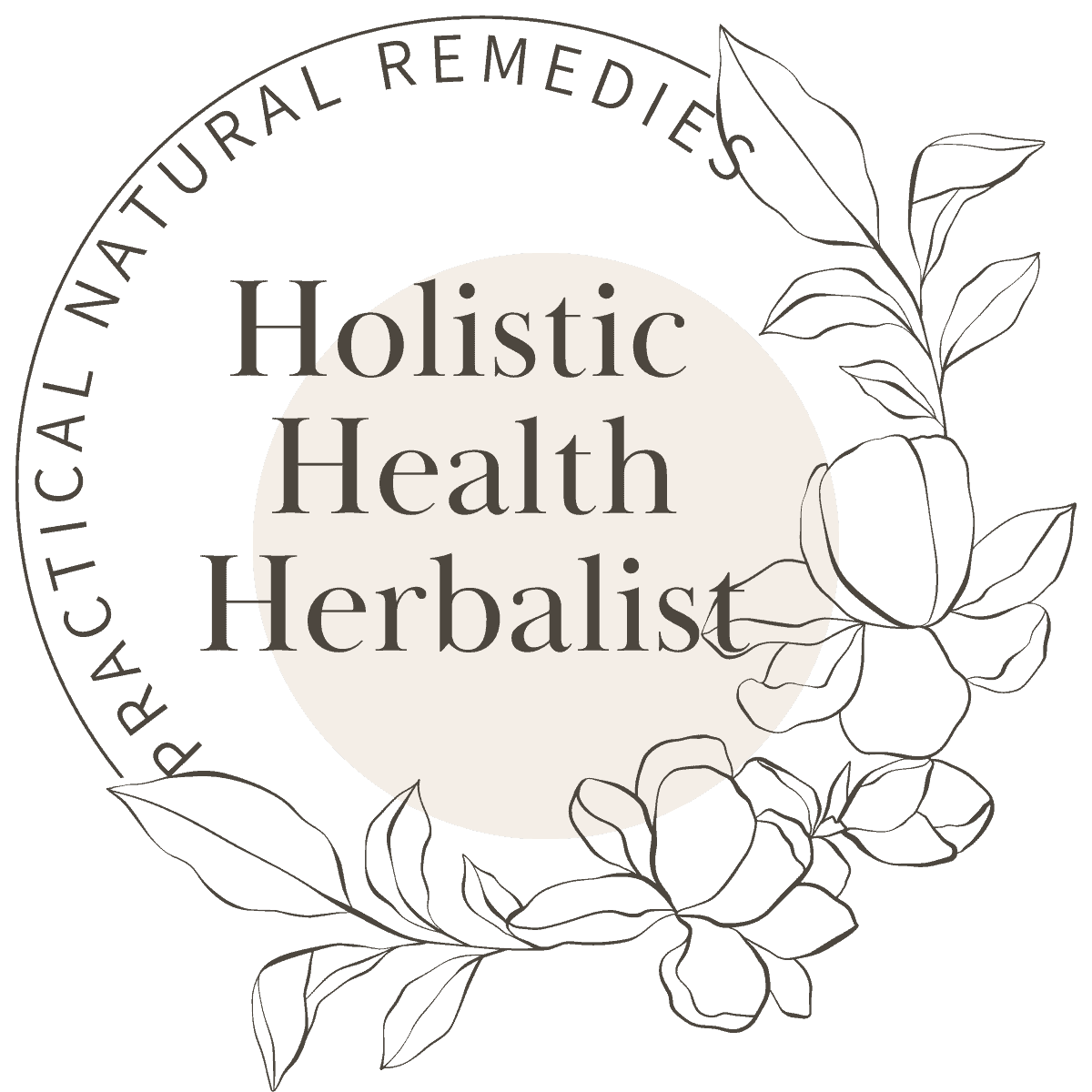

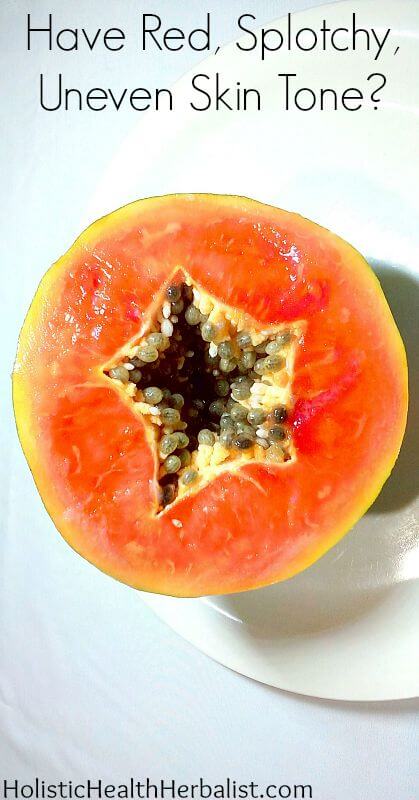
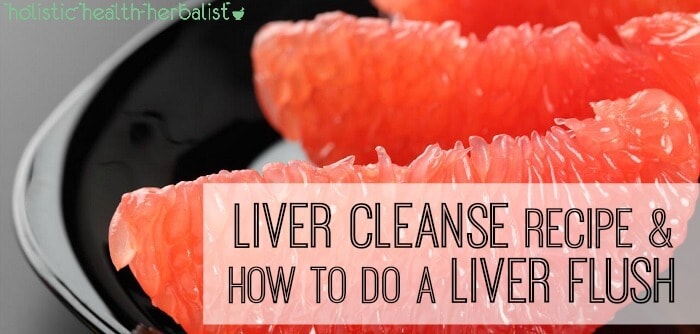
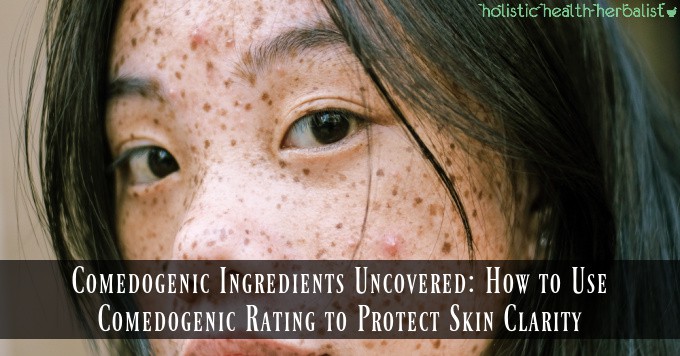
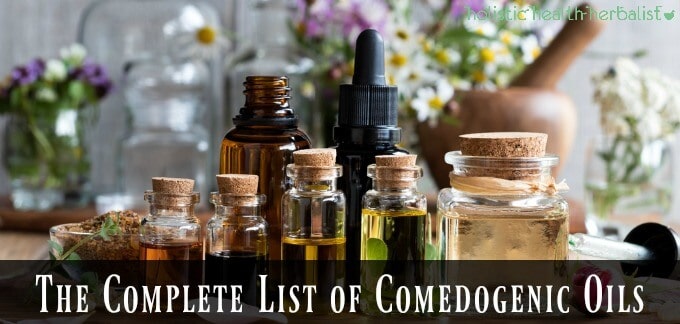
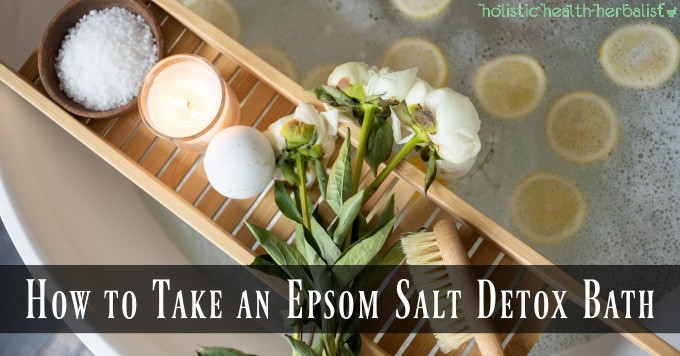
Sarah says
Hi Tash! I have two questions:
By powdered papaya, do you mean powdered papain?
Is this safe for broken or recently-waxed skin?
If you have sources for your answers, I would love those too!
Tash says
I get the powdered whole fruit. I would avoid using it on really sensitive skin simply because it will exfoliate the top layer of skin.
Audrey Houston says
In my case, enzymes, vitamin C, and gentle exfoliation helped me TONS with my acne scarring. But, I know for more severe cases of hyperpigmentation on for other forms of pigmentation you definitely need to look into more definite solutions like laser treatments and such.
Tash says
Thanks for your amazing tips, Audrey! 🙂
Danielsen says
Hey, can't see, to find pure papaya powder from the uk. Is it okay then to get those with bromelain also?
Tash says
Hi Danielsen!
Do you have fresh papaya available by chance where you live? If you can find that, it would be perfect to use for your skin. Otherwise yes, you can use the one's with bromelain but if you come across the pure version go for that one instead. Bromelain is more for inflammation.
breda says
Hi Tash. Great post, could you tell me if I can also use the chewable tablets since I can't find the powder in my local health food stores?
Thanks
Tash says
Hi Breda!
YES you can use the chewable tablets, just make sure they are only papaya enzyme. Some of them come with other fancy ingredients you don't need.
Megan Stevens says
I didn't know about papaya powder! Thank you for the education!
Tash says
You're welcome Megan 🙂
Binta says
Thank you so much for this post..Can't wait to try all these remedies:)
Tash says
Awesome! I hope you like them 🙂
Renee Kohley says
Oh this is NEAT! Thank you for this - i'll be pinning this!
Tash says
Thanks Renee! 🙂 Glad you liked it!
The Food Hunter says
very interesting. I knew nothing about this.
linda spiker says
pinned too:)
Tash says
Thanks you! 🙂 <3
linda spiker says
I have never tried papaya on my skin but I have experienced and accidental peel on my hands after handling pumpkin and butternut squash. Thanks for the info. I need to give this a try!
Tash says
Pumpkin is definitely a more aggressive exfoliant than papaya so I can see why you experienced peeling on your hands!
Emily @ Recipes to Nourish says
Very interesting. I had no idea about the redness being linked to inflammatory foods too. Good to know.
Tash says
Yes! Inflammatory foods really cause havoc on our skin is we are acne prone or suffer from rosacea or psoriasis.